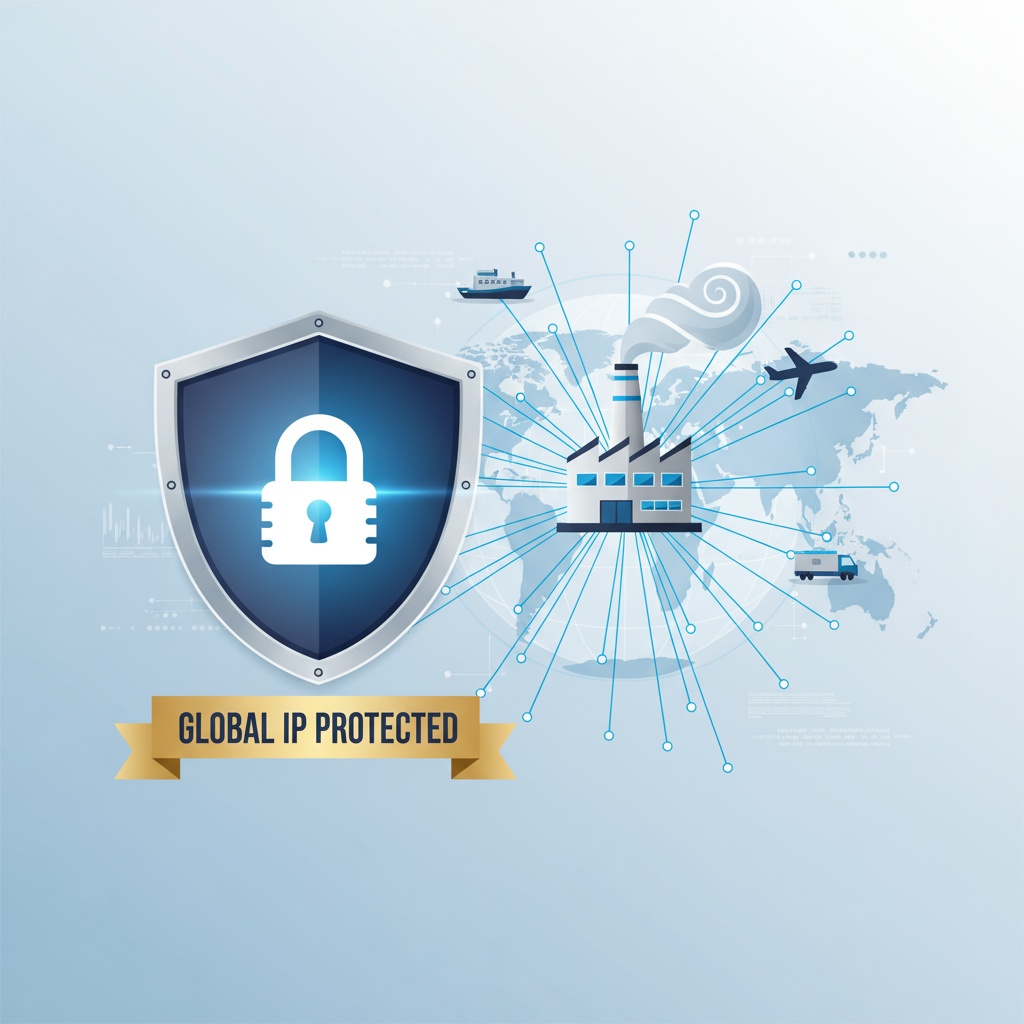Intellectual Property Insurance: Safeguarding Innovations in Global Manufacturing
In an era of rapid technological advancement and global competition, manufacturers face unprecedented challenges in protecting their most valuable assets: their intellectual property (IP). This comprehensive guide explores the critical role of Intellectual Property Insurance in mitigating risks for manufacturers operating on the international stage.

Understanding Intellectual Property Risks in Global Manufacturing
Global manufacturers face a complex landscape of intellectual property risks that can potentially devastate their business. These risks include:
- Patent infringement
- Trade secret theft
- Trademark violations
- Copyright disputes
- Industrial espionage
- Counterfeiting
The Global IP Threat Landscape
International manufacturing introduces multiple layers of complexity to IP protection. Different countries have varying levels of intellectual property enforcement, creating significant vulnerabilities for businesses shipping products across borders.
What is Intellectual Property Insurance?
Intellectual Property Insurance is a specialized coverage designed to protect manufacturers from the financial consequences of IP-related legal challenges. This insurance typically covers:
- Legal defense costs
- Potential settlements
- Litigation expenses
- Pursuit of infringement claims
- Potential loss of revenue
Key Coverage Components
- Defense Cost Coverage: Protects against expenses incurred when defending against IP infringement claims
- Pursuit Coverage: Enables manufacturers to take legal action against those infringing on their intellectual property
- Worldwide Protection: Extends coverage across multiple jurisdictions
- Reputation Management: Helps mitigate potential brand damage during IP disputes
Risk Factors for Manufacturers Shipping Globally
Several critical risk factors increase the need for robust IP insurance:
Technological Complexity
Advanced manufacturing technologies are increasingly sophisticated, making them prime targets for intellectual property theft. Complex designs, proprietary manufacturing processes, and innovative product features require comprehensive protection.
International Supply Chains
Global supply chains introduce multiple points of potential IP vulnerability. Each international partner represents a potential risk point for trade secret leakage or unauthorized technology transfer.
Emerging Market Challenges
Manufacturers expanding into emerging markets often encounter less stringent IP protection frameworks, increasing the risk of unauthorized reproduction or outright theft of proprietary technologies.
Calculating IP Insurance Costs
IP insurance premiums are determined by multiple factors:
- Industry sector
- Company size
- Annual revenue
- Complexity of intellectual property
- Historical litigation experience
- Geographic markets of operation
Typical Cost Ranges
| Company Size | Annual Revenue | Estimated Annual Premium |
|---|---|---|
| Small Manufacturer | £500,000 - £2 million | £5,000 - £15,000 |
| Medium Manufacturer | £2 million - £10 million | £15,000 - £50,000 |
| Large Manufacturer | £10 million+ | £50,000 - £250,000 |
Best Practices for IP Protection
- Conduct regular IP audits
- Implement robust confidentiality agreements
- Use technological protection measures
- Train employees on IP security
- Monitor international markets for potential infringements
- Maintain comprehensive documentation
Case Study: IP Protection in Action
Consider a mid-sized UK precision engineering manufacturer exporting specialized components to automotive and aerospace industries. After discovering potential patent infringement in a Southeast Asian market, their IP insurance:
- Covered £250,000 in legal investigation costs
- Funded international litigation
- Secured a favorable settlement
- Prevented significant revenue loss
Emerging Trends in IP Insurance
The IP insurance landscape continues to evolve, with emerging trends including:
- AI-driven risk assessment
- Blockchain-verified IP tracking
- Cyber-specific IP protection clauses
- More granular, technology-specific coverage
Conclusion: Protecting Your Innovative Edge
In an increasingly complex global manufacturing environment, Intellectual Property Insurance is not just a luxury—it's a strategic necessity. By understanding the risks, implementing robust protection strategies, and securing comprehensive insurance coverage, manufacturers can confidently innovate and expand into international markets.
Frequently Asked Questions
How quickly can IP insurance be obtained?
Typically, comprehensive IP insurance can be secured within 4-6 weeks, depending on the complexity of your business and intellectual property portfolio.
Does IP insurance cover all types of intellectual property?
Most policies cover patents, trademarks, copyrights, and trade secrets. However, specific coverage varies, so a detailed review of policy terms is crucial.
Can small manufacturers afford IP insurance?
Many insurers offer scalable solutions. Premiums can be tailored to company size, making protection accessible for businesses of all scales.


 0330 127 2333
0330 127 2333